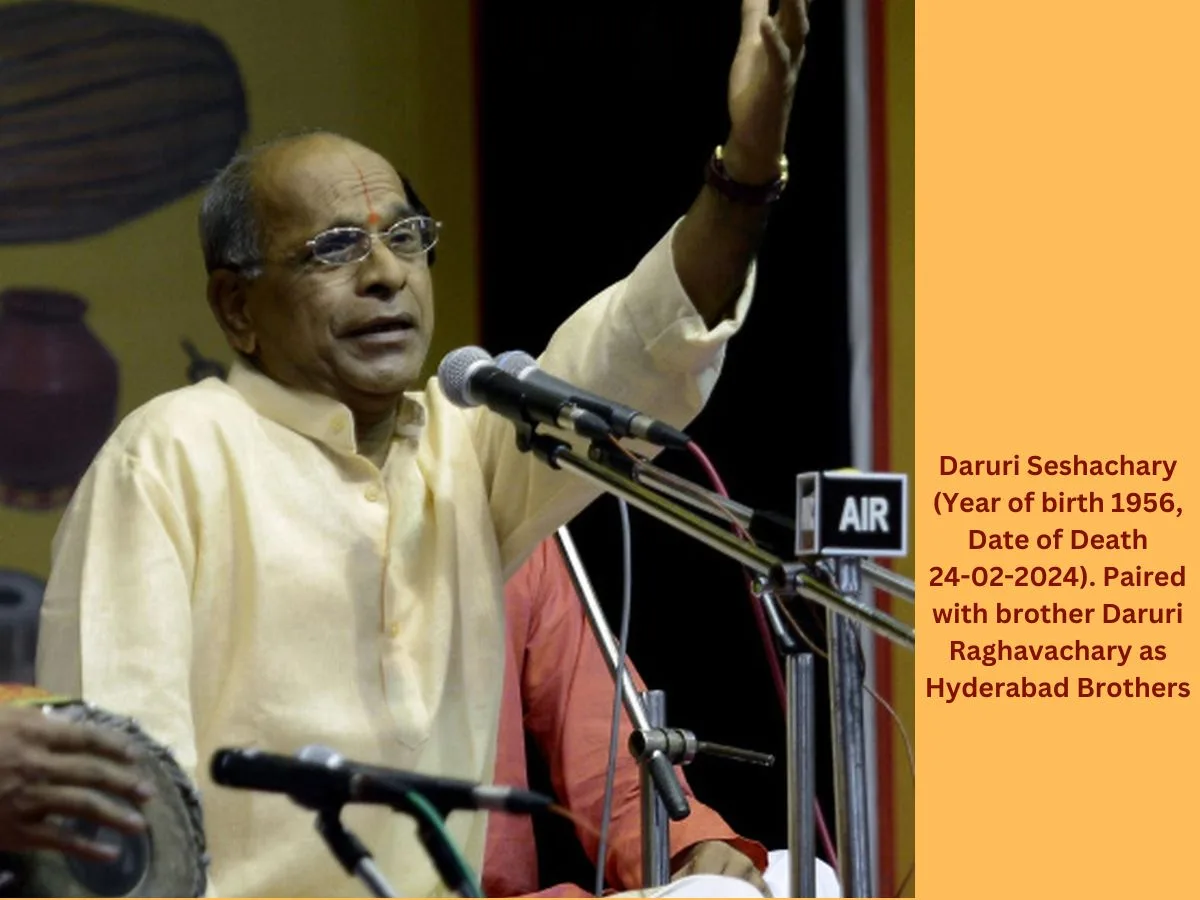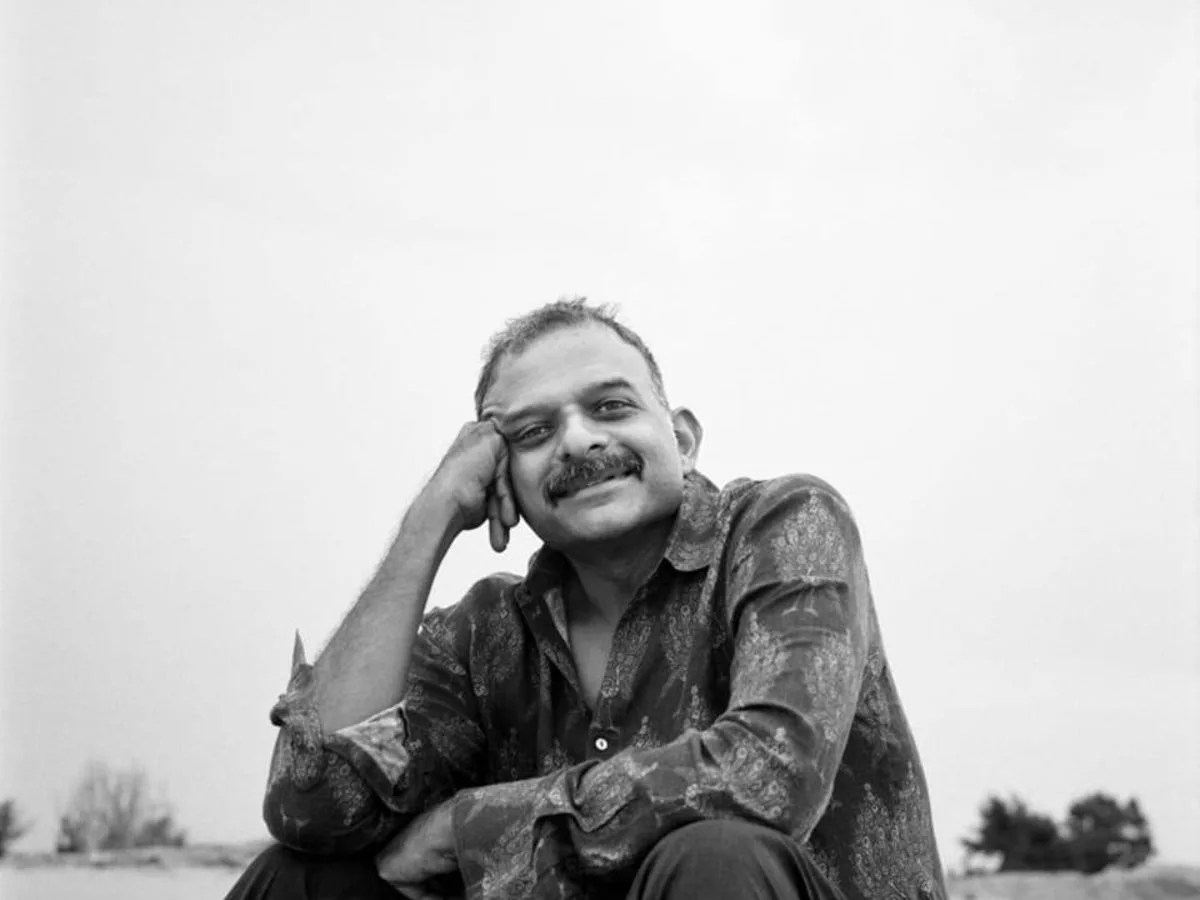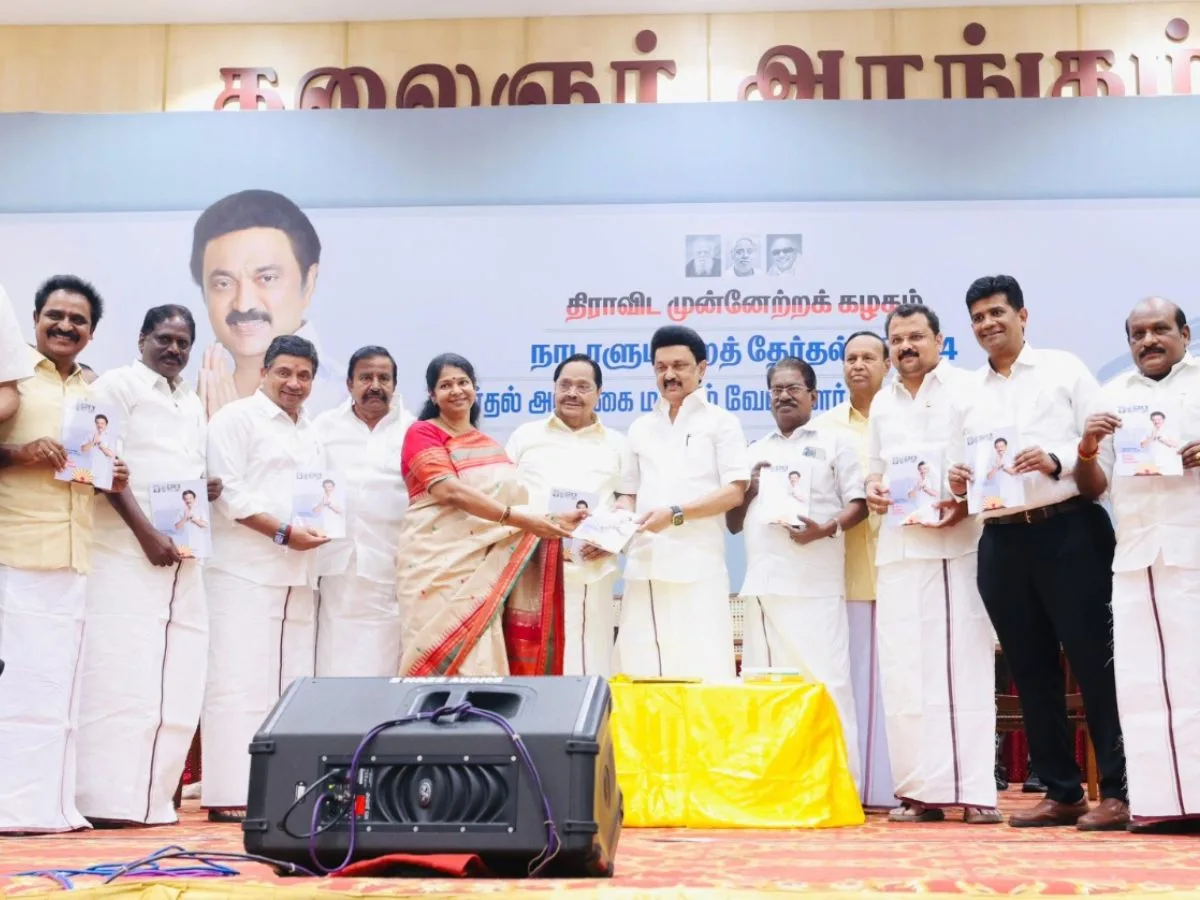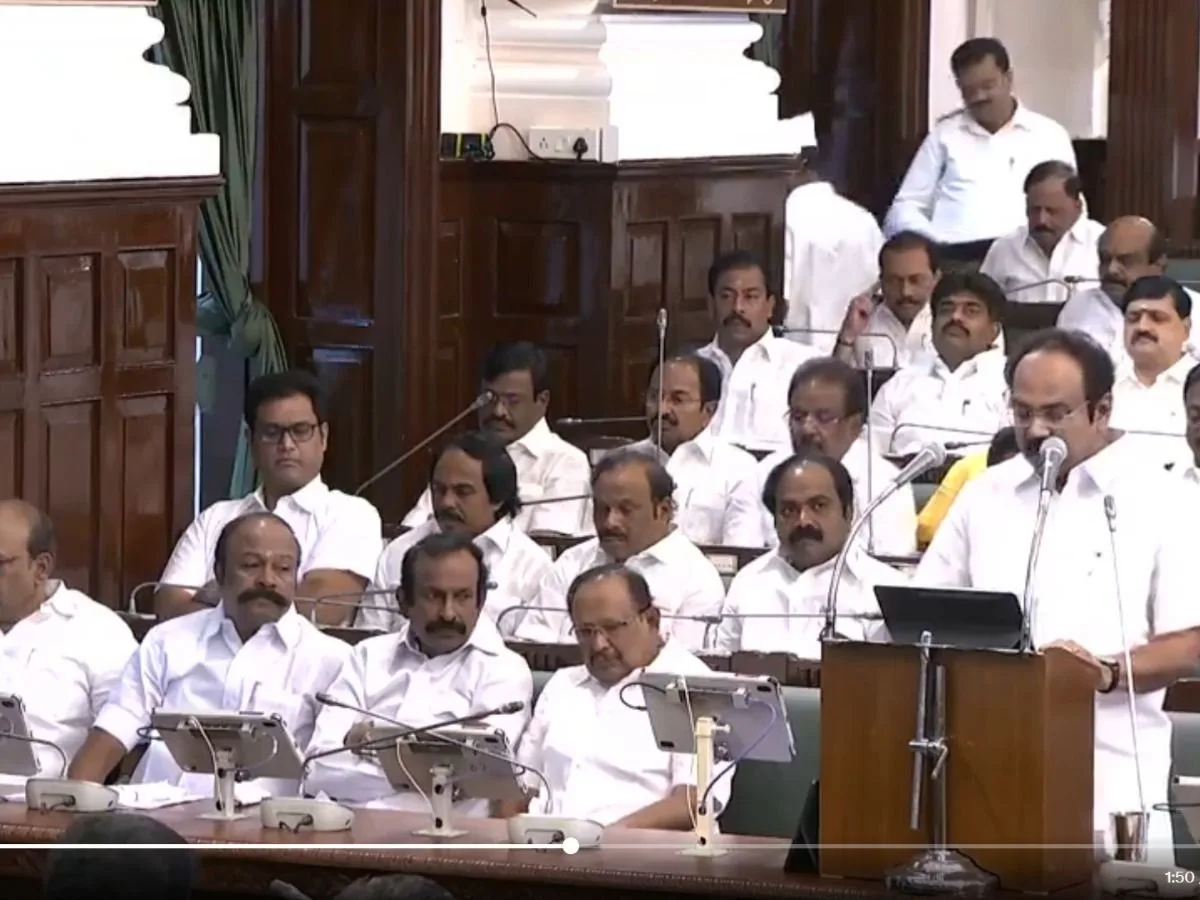Read in : தமிழ்
The acronym MGR still inspires awe even after 35 years since the demise of the Tamil cultural icon Maruthur Gopalamenon Ramachandran (1917-1987). MGR lives on in Tamil cinema and politics.
His stellar 42-year-long film career from 1936 to 1977 went hand in hand with his enormous political growth — remarkable for someone who started out as a child who grew up in the absence of a father and was hamstrung by poverty and lack of education. His life had been an odyssey of tears, sweat and blood, and it reads stranger than fiction.
The evolution of M G Ramachandran to MGR went through several dimensions. That he made a foray into theatre at the tender age of 7 was a happenstance, driven by poverty, as he himself admitted in an interview in the 1960s. As it turned out, his adversities changed into blessings in disguise. How he adapted his voice disorder — caused by the infamous shooting episode in 1967 in which fellow actor M R Radha was implicated — into his signature, which appealed to a vast segment of his fans and enthusiasts, is an example of how he made the best of even the worst situations.
Initially, after his maiden entry into films in 1936 with Sathi Leelavathi, directed by US director Ellis R Duncan — who made Tamil films from 1936 to 1950 — MGR struggled to land a hero role for over 12 years. It was near impossible to make a mark when Tamil filmdom was dominated by titans like MKT (M K Thyagaraja Bhagavathar considered the first superstar of Tamil Cinema), P U Chinnappa and other promising heroes such as Ranjan, ‘Nadippisai Pulavar’ K R Ramasamy, K P Kesavan, T R Mahalingam, T R Ramachandran.
MGR’s success story is remarkable for someone who started out as a child who grew up in the absence of a father and was hamstrung by poverty and lack of education. His life had been an odyssey of tears, sweat and blood, and it reads stranger than fiction
So, MGR had to let the young phase of his life pass before he got his first role as a hero in Rajakumari (1947) and in subsequent films Manthiri Kumari (1950) and Marutha Nattu Ilavarasi (1950). His professional competitor Sivaji Ganesan, however, won overnight fame in his maiden film itself: Parasakthi (1952), a cult film of the Dravidian movement written by M Karunanidhi who would later go on to become Chief Minister of Tamil Nadu like MGR, and his rival in politics.
Yet MGR knew well that the success of his initial heroic films had reasons other than his own contribution. In fact, he was struggling to build his own image. He then took inspiration from the superstars of Hollywood, Douglas Fairbanks (1883-1939) and Errol Flynn (1909-1959), to mould himself into an action-hero — and it catapulted him to demi-god status and eternal glory.
Also Read: Sorry, filmstars! There just cannot be another MGR
An ardent fan of Fairbanks and Flynn, MGR imitated their feats of derring-do, leaping from roof to roof, tree to tree and the ramparts to the grounds, holding a sword aloft majestically. Fairbanks’ ‘costume adventure,’ a genre reputed to have been invented by Fairbanks himself, spoke a lot without using words, through his daredevilry, in the silent film era of Hollywood.
In The Mark of Zorro (1920), Fairbanks created the prototype of a hero championing the cause of the down-and-outs and the oppressed, being chivalrous to women, protecting the poor from injustice and taking on villains, mostly dictatorial kings or upper class snoots. In a scene in the film, a sword-toting, masked Fairbanks wearing a black costume and a dazzling smile, suddenly jumps into the room out of nowhere and plants himself in between the villain and a woman being violated. After a moment of stillness, Fairbanks starts a duel, choreographed into well-measured steps and rhythmic movements of swords.
The scene got the swashbuckling hero millions of fans — including MGR. The image of a do-gooder, a rebel, a chivalrous knight and a warrior of exceptional valour which Fairbanks cultivated through his silent films including The Thief of Bagdad (later the same title was used for one of MGR’s films Baghdad Thirudan), Robin Hood and The Mark of Zorro influenced MGR.
For over 12 years, MGR was struggling to land a hero role after his maiden entry into films with the 1936 Sathi Leelavathi. It was near to impossible to make a mark when Tamil filmdom was dominated by titans like MKT and P U Chinnappa
Similarly, Errol Flynn and his screen lover Olivia de Havilland enchanted the audience — among whom was MGR — during the golden age of Hollywood in films like Captain Blood (1935), The Charge of the Light Brigade (1936), The Adventures of Robin Hood (1938) and so on.
The cult Hollywood film, The Adventures of Robin Hood, in which Flynn played the titular role was based on the legend of Robin Hood and his lover Maid Marian, from the Middle Ages. Robin Hood had been ingrained in the collective English consciousness as an outlaw warrior who always confronted the powerful and the haughty in defence of the poor and the oppressed.
Also Read: M R Radha: Blunt truth-teller soaked in Dravidian principles
His lover Maid Marian was an ingénue, risking her life, loving the swashbuckling romantic bandit. In the film scene where Flynn has a clash with the cruel Duke and the dictatorial Prince, wearing tights and a jaunty hat with a bunch of arrows in his quiver, Flynn says, “I’ll exact death for death… I’ll organise a revolt.”
As the dialogue reaches a crescendo, he pushes back the chair he’s sitting on and does a somersault. Then he starts a long fight scene showing him as the most efficient archer, running ahead of a massive crowd of soldiers close on his heels, turning back now and then, killing them with the rain of arrows he propels, and finally riding away on a horse, leaving the Nottingham castle gates closed.
The chemistry of the lead pair Flynn and Olivia lends glamour to the film etched forever in the imagination of the audience. Moreover, the film has the tinge of the historical Norman-Saxon clash that makes it fast-paced and measured (something like the Aryan-Dravidian divide that was one of the main planks of the Dravidian movement that contributed much to MGR’s popularity in cinema).
MGR was Tamil Nadu’s answer to Fairbanks and Flynn. He drew heavily on the Robin Hood material and got it adapted to Tamil Nadu’s political and social environment. He fashioned himself into that kind of hero, a messiah of the poor, in the film Marmayogi (1951) written by ASA Sami and directed by K Ramnoth.
The scene where MGR as an outlaw appears in the court of the villainous Queen (Anjali Devi) was a neat lift from The Adventures of Robin Hood. Aping Erol Flynn, MGR shoots arrow after arrow as he ushers himself in, delivering the punch line “I never aim with my arrow; if I do, I won’t miss the target”, and finally running out of the castle, leaving most of his enemies behind dead, hopping from the ramparts to the grounds and vanishing into thin air.
The roaring success of Marmayogi and the emergence of the Dravidian movement at the same time synched with MGR’s newfound image of warrior and protector of the poor. So, it’s no wonder that it became the archetype in almost all MGR films, starting with Malaikallan (1954) in which he, like the Hollywood actors, stealthily climbs up walls wearing a mask and holding a knife in his lips as he goes clandestinely to meet his heroine (P Banumathi), and then fights his enemies victoriously. Thus the people’s MGR was established, with Nadodi Mannan, Mannathi Mannan and so on following.
MGR was Tamil Nadu’s answer to Fairbanks and Flynn. He drew heavily on the Robin Hood material and got it adapted to Tamil Nadu’s political and social environment. He fashioned himself into that kind of swashbuckling hero, a messiah of the poor
Nadodi Mannan was an adaptation of The Prisoner of Zenda and If I Were the King. Likewise, his Anbe Vaa (1966) was a modified version of Come September and Adimai Penn (1969) was adapted from Genghis Khan (1965).
In the 1960s, the MGR formula transformed from historical and folkloristic film to social films exhibiting his heroism using martial art forms such as silambam, quarterstaff fights, deer-horn fight, wrestling etc. Another reason for his popularity, especially among women, was because his characters appealed to the mother and family sentiments, and also avoided smoking cigarettes and drinking alcohol on screen. The rest is history.
Years have rolled by since, leaving behind the myth and legend of MGR, in which the borderline between fact and fiction has become blurred.
Read in : தமிழ்











